Saudi Arabia, which has the second largest oil reserves in the world, can be said to be rich in the oil age. After all, “a piece of cloth on my head, I am the richest in the world” truly describes the economic status of the Middle East, but Saudi Arabia, which relies on oil to make a fortune, needs Embrace the era of electrification and announce the creation of its own electric vehicle brand.
I can’t help but ask, isn’t this an act of smashing one’s own job?
The Saudi Arabian Public Investment Fund previously announced that it will cooperate with Foxconn and BMW to launch its own electric vehicle brand – Ceer.
It is reported that this will also be the first electric car brand in Saudi Arabia.
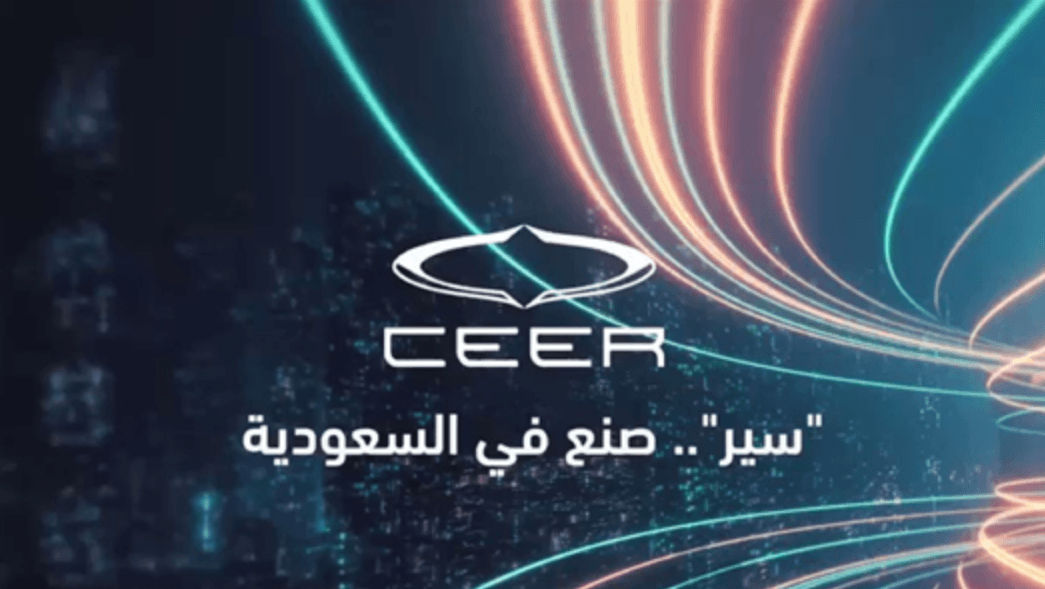
After further understanding, I learned that the Saudi Arabian Public Investment Fund will establish a joint venture with the parent company of Foxconn Technology Group (Hon Hai Precision Industry Co., Ltd.), named Ceer.
The joint venture will obtain some auto parts technology from BMW and use it in car research and development. The technical field is mainly provided by BMW, while the production and processing, automotive framework and intelligent gateway are provided by Foxconn.
The announcement was made by His Royal Highness Crown Prince Mohammed bin Salman bin Abdulaziz, Prime Minister and Chairman of the Public Investment Fund (PIF), who said Ceer is the fund’s investment in promising growth in Saudi Arabia. Part of the GDP growth diversification strategy.
Why Saudi Arabia needs an electric car
In fact, Saudi Arabia, which has made a lot of money from oil, has always been facing a single economic structure and a gradual downward trend.
Especially when the whole world is turning to electrification, and the European Union, the United States, and China have all set dates to ban the sale of fuel vehicles, Saudi Arabia, which relies on oil, must be the most panicked.
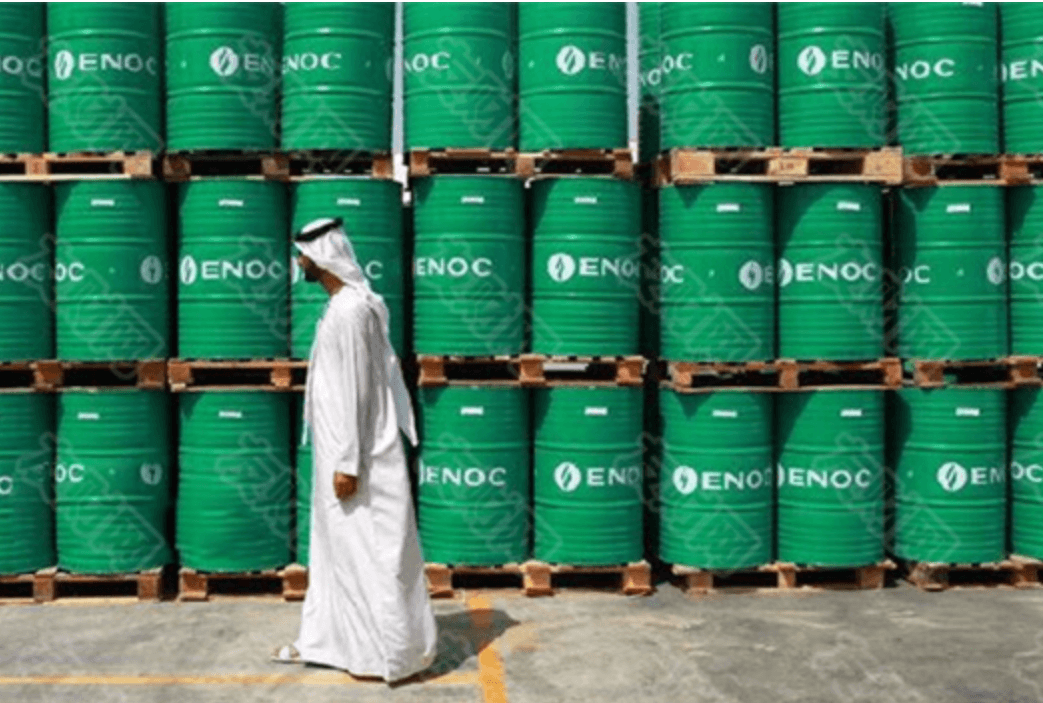
The development of electric vehicle manufacturing is not so much a matter of smashing one’s own job, it is more like “don’t put all eggs in one basket”.
The oil business has become more and more difficult to do. Although the oil belongs to you, there is no clear standard for the pricing power of oil.
The tense international situation and changes in the economic situation of various countries will cause fluctuations in oil prices. Once the price of oil plummets, the Saudi economy will be hit hard.
And now the biggest threat to oil is the unstoppable new energy. The oil consumption of fuel vehicles accounts for about 24% of the total oil consumption, so once vehicles are electrified and converted to new energy forms, the market demand for oil will be greatly reduced.

So invest in a field that is related to the resource market you already own but in the opposite direction-electric vehicles. It can offset the risks brought by oil to a certain extent, which is somewhat similar to the hedging concept in the financial field.
Of course, Saudi Arabia’s investment in electric vehicles not only means that global electrification has formed an irreversible trend, but also that Saudi Arabia has begun to make efforts in “de-petroleumization”.
As an argument of another dimension, we can also get a glimpse of one or two from the speech of Prime Minister and Chairman of the Public Investment Fund Mohamed. Saudi Arabia not only needs its own electric vehicle brand, but also starts a diversification strategy through the electric vehicle industry.
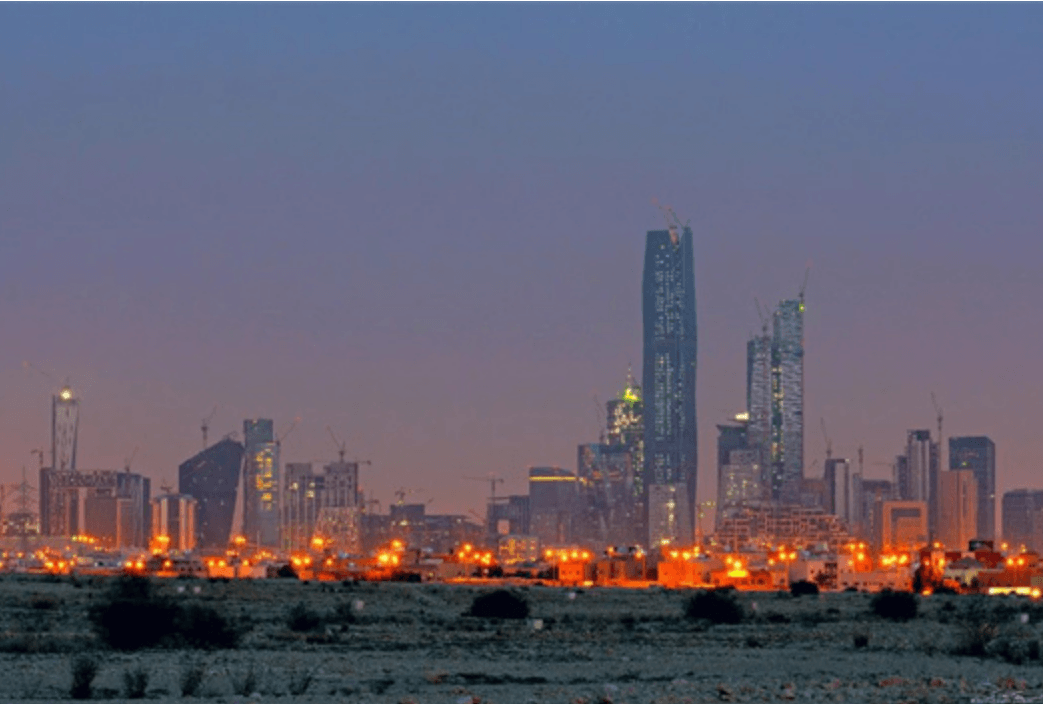
“Saudi Arabia is not only building a new automotive brand, we are igniting a new industry and ecosystem, attracting international and local investment, creating jobs for local talent, supporting the private sector and, in the future, increasing the GDP for 10 years as part of PIF’s strategy to drive economic growth under Vision 2030,” said Prime Minister and Chairman of the Public Investment Fund Mohammad Mohamad.
You must know that at present, the employment of the Saudi oil sector only accounts for 5% of the total employment of the country. With the rapid growth of the Saudi population and the implementation of the global new energy strategy, the unemployment rate is increasing rapidly, which poses a threat to the social stability of Saudi Arabia, so this is one of the problems that need to be solved urgently.

And the analysis predicts that Ceer will attract more than 150 million US dollars of investment and create 30,000 job opportunities.
PIF predicts that by 2034, Ceer will directly contribute US$8 billion (approximately RMB 58.4 billion) to Saudi Arabia’s GDP.
Giants join hands to walk out of the “desert”
Crown Prince Mohammed also said in a statement that Saudi Arabia is not only building a new car brand, they are also igniting a new industry and ecosystem that attracts international and local investment.
Therefore, Saudi Arabia provided money, BMW provided technology, and Foxconn produced production lines, formally entering the electric vehicle industry. Not to mention that these three are all kings in their respective fields, even the three cobblers are as good as Zhuge Liang.
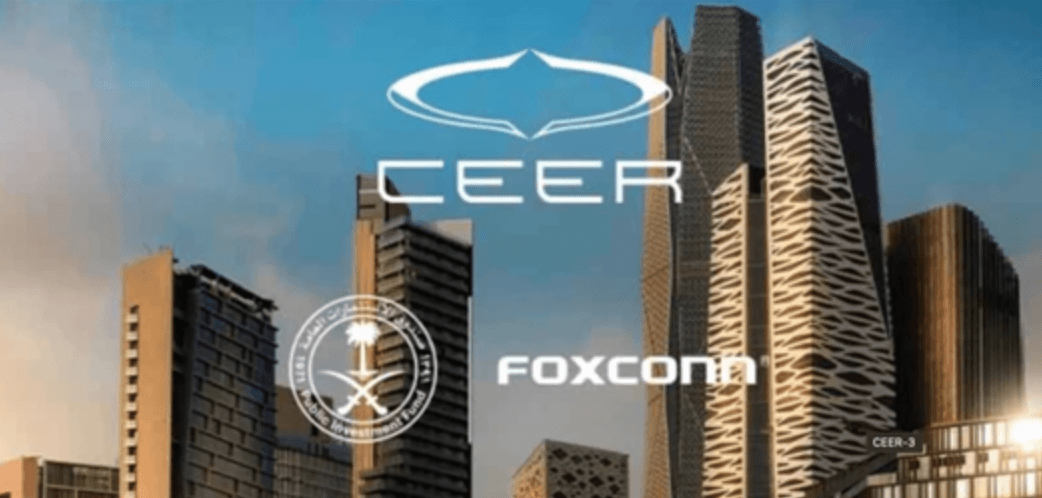
Each Ceer vehicle will be designed and manufactured in Saudi Arabia with the stated goal of leading the way in infotainment, connectivity and autonomous driving technologies. The first units are scheduled to hit the market in 2025.
Interestingly, Ceer is a joint venture between PIF and Hon Hai Precision Industry Co., Ltd. (Foxconn), which will license BMW’s component technology for use in the car development process. While there are no details on specific components yet, one report mentions the joint venture’s plans to source chassis components from BMW.
Foxconn will be responsible for developing the vehicle’s electrical architecture, which will result in a “leading product portfolio in infotainment, connectivity and autonomous driving technologies.”
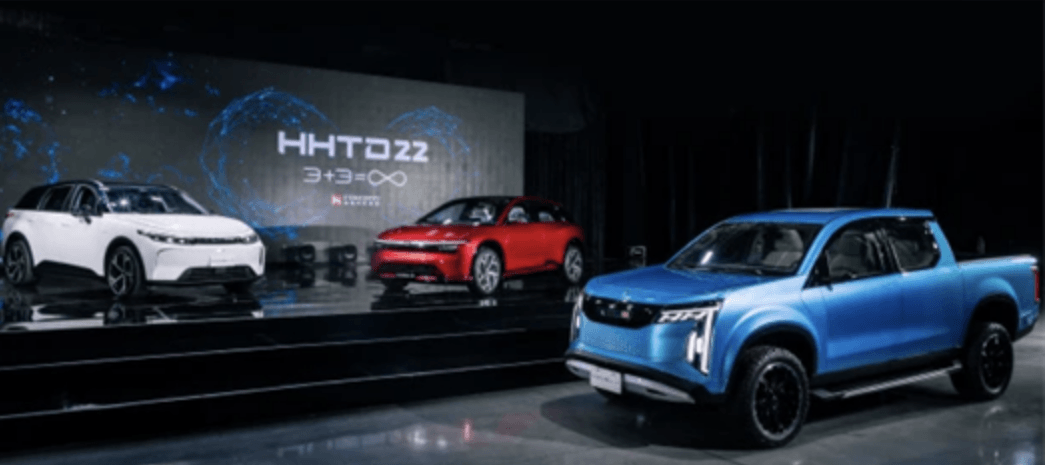
In fact, Foxconn has been constantly looking for a partner to realize its electric car dream in recent years. Obviously, Saudi Arabia is a good candidate for OEM.
Since last year, Hon Hai has declared that electric vehicles will be the top priority for future development. In the same year, Foxtron was established as a joint venture with Yulong Motors, and then quickly launched three electric vehicles, the Model C prototype, the Model E sedan, and the Model T electric bus.
In October 2022, Hon Hai will once again bring two new vehicles under Foxtron’s name, the SUV Model B and the pickup electric vehicle Model V, at its third Technology Day.
It can be seen that the OEM for Apple is far from satisfying Hon Hai’s appetite. It is Hon Hai’s main goal now to enter the electric industry and overtake in this field. It can indeed be said that it hits it off with the “super rich”.
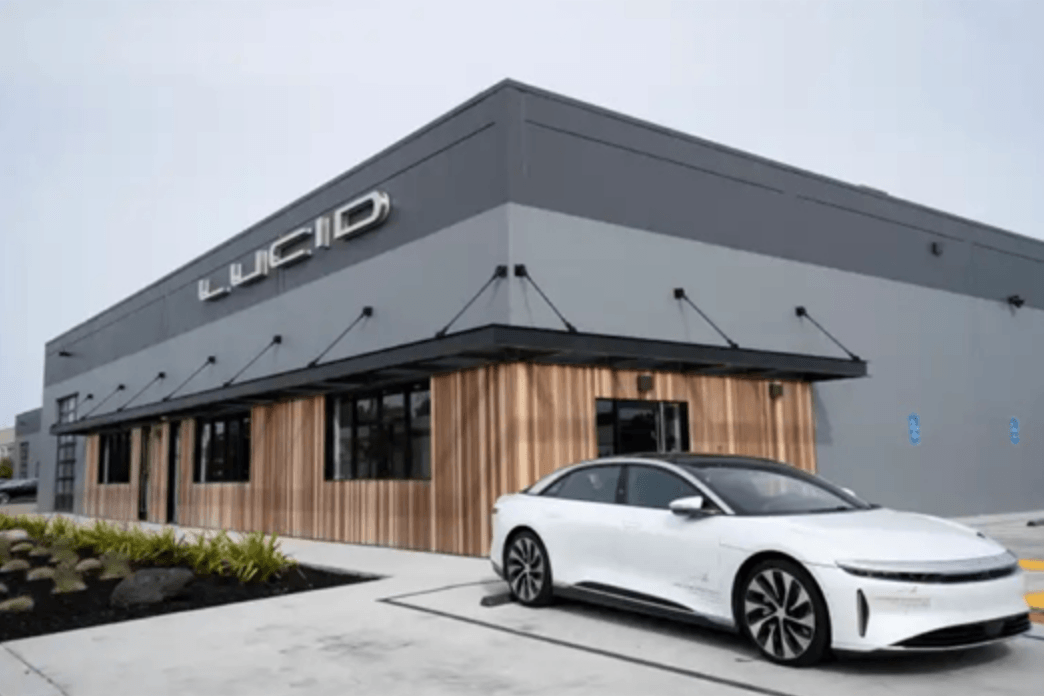
In fact, this is not the first time that Saudi Arabia wants to realize an electric vehicle brand locally. Lucid Motors has said that it will build a production plant in Saudi Arabia with an annual production capacity of 155,000 zero-emission electric vehicles.
The plant will bring Lucid a total of up to $3.4 billion in funding and incentives over the next 15 years.
Khalid Al-Falih, Saudi Minister of Investment, said: “Attracting a global electric vehicle leader like Lucid to open its first international manufacturing facility in Saudi Arabia reflects our commitment to creating long-term economic value in a sustainable, durable and globally integrated manner. promise.”
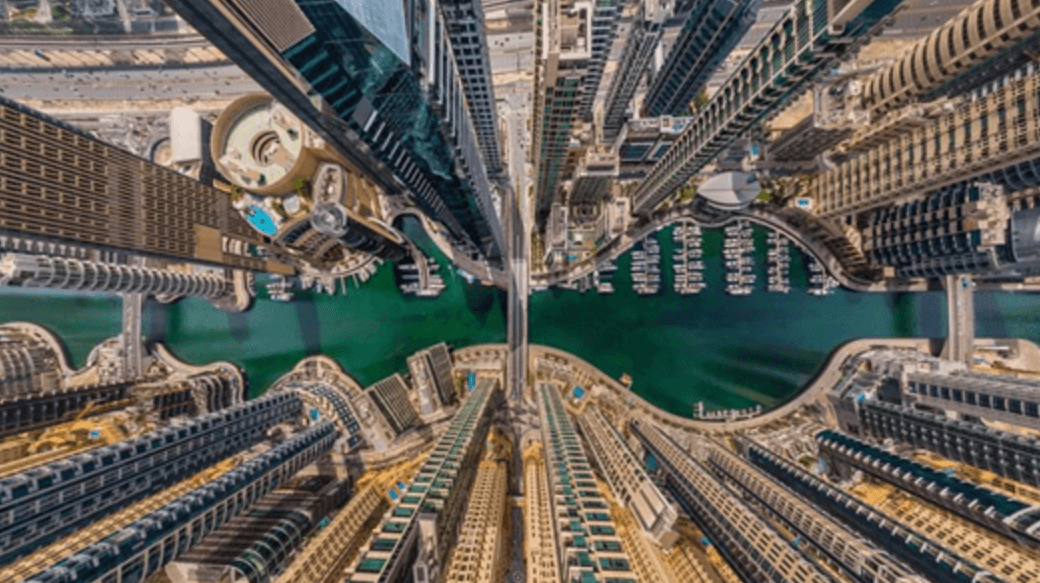
Not only that, the “good brothers” in neighboring countries like the UAE and Qatar have already started transformation plans, and the UAE has promised to achieve 100% electrification by 2030. Qatar has built 200 charging stations.
Seeing that an oil-based economy like Saudi Arabia has launched a plan to build electric vehicles, it can only show that electrification is equally important to any economy in Jehol, a country in the world. But it is also not easy for the UAE to walk on this road.
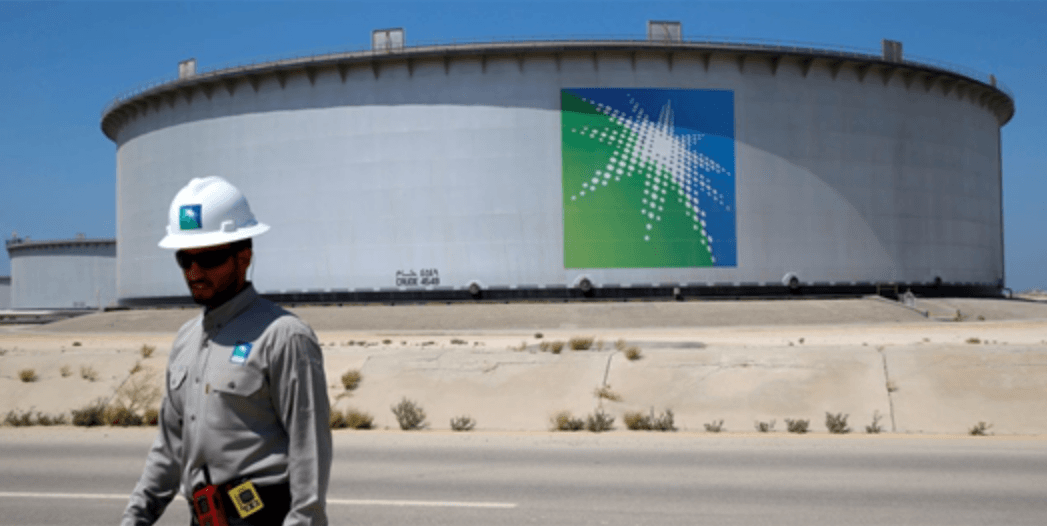
Saudi Arabia’s high labor costs, imperfect supply chain, and lack of tariff protection are all serious problems that local electrification brands must face.
In addition, Saudi Arabia has not put defueling on the agenda, and local car habits and cheap fuel prices will all be obstacles to the promotion of pure electric vehicles.
But in the end, “problems that can be solved with money are not considered problems.” It is not too late for Saudi Arabia to start deciding to enter the electrification at this time and establish a production plant in the country.
After all, this can not only promote the diversification of Saudi Arabia’s manufacturing industry, but also promote the transformation of the entire economy and society. Therefore, why not a far-sighted plan for a rainy day?
Of course, perhaps the “green revolution” that this article considers may also be oil princes, just looking for some fun in their rich and leisure lives.
Post time: Nov-19-2022